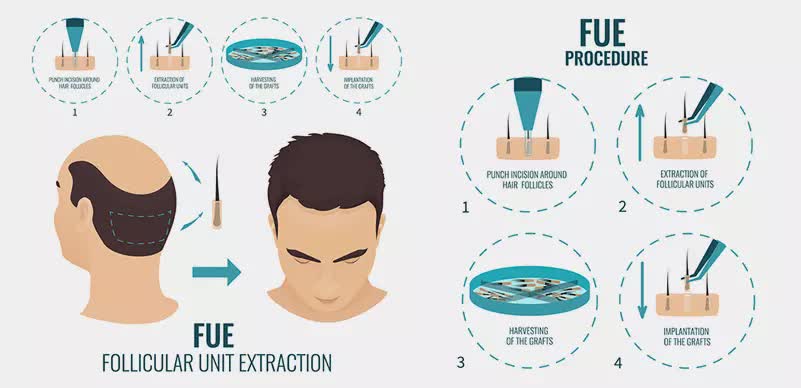
Turkey has become a global hub for hair transplant procedures due to its advanced medical techniques, skilled professionals, and affordable prices. With thousands of international patients traveling each year, Turkey’s hair transplant industry continues to grow. This article provides an overview of the most popular hair transplant techniques offered in Turkey, helping you understand their differences and advantages.
FUE Hair Transplant
Follicular Unit Extraction (FUE) is one of the most widely used techniques in Turkey. During this procedure, individual hair follicles are extracted from the donor area, typically the back of the head, and implanted into balding areas. FUE minimizes scarring and has a shorter recovery time, making it an ideal choice for many patients seeking natural results. FUE’s effectiveness and the advanced tools used in Turkey make it a preferred option for international patients.
DHI Hair Transplant
Direct Hair Implantation (DHI) is a newer, more refined version of FUE. In DHI, each hair follicle is placed directly into the scalp using a specialized pen, allowing for precise control of angle, depth, and direction. This technique requires highly skilled surgeons, which are readily available in Turkish clinics. DHI is suitable for individuals with minimal hair loss and is particularly favored for achieving high density in specific areas, such as the hairline.
Other Techniques and Innovations
Apart from FUE and DHI, Turkey’s clinics also offer Sapphire FUE, which uses sapphire blades instead of metal for improved healing, and robotic hair transplants that enhance precision. These techniques are part of what makes Turkey a leader in hair restoration. With continuous advancements, patients are assured of natural and long-lasting results.
Choosing the right technique is essential for achieving optimal results. Each method has its advantages, and consulting with a skilled Turkish surgeon can help determine the best option for your needs.
DHI hair transplant in Turkey” to ISHRS hair restoration methods.